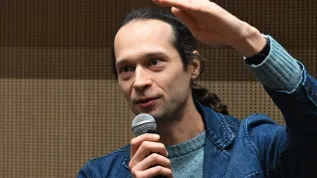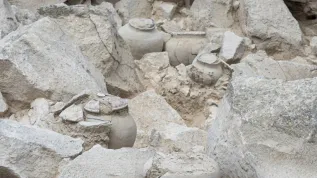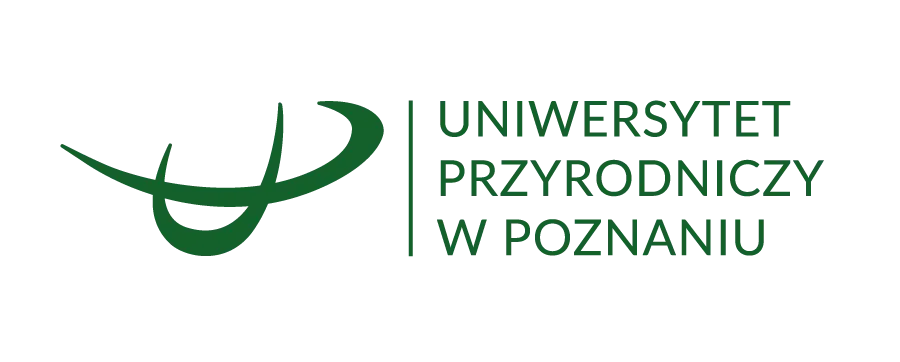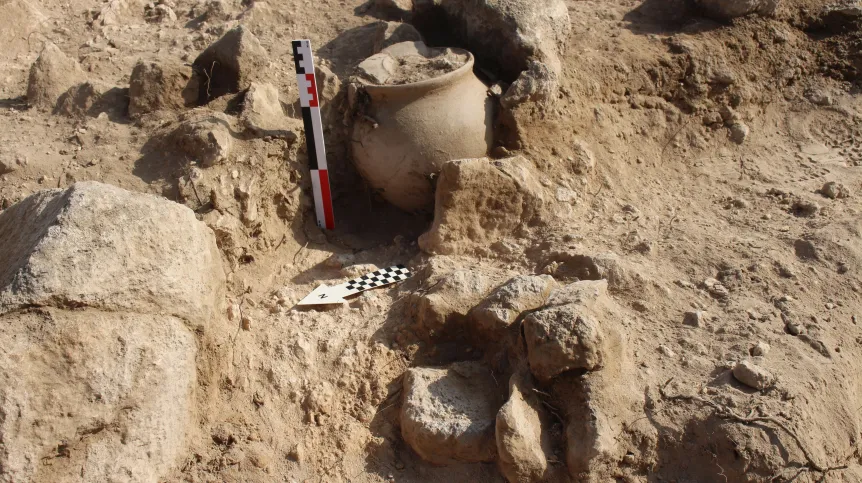
Remains of houses from the 6th century BCE, an urn cemetery, and traces of a strong earthquake were discovered in Armenia by an Armenian-Polish team of archaeologists. This is the first Polish research at the Davti Blur site.
Archaeological work at Davti Blur (Nor Armavir) resumed after a long break in October 2024, as part of a new Armenian-Polish research project. The expedition leaders are Mateusz Iskra, PhD, from the Polish Centre of Mediterranean Archaeology of the University of Warsaw (PCMA UW) and Hasmik Simonyan from the Institute of Archaeology and Ethnography of the National Academy of Sciences of Armenia and the Service for the Protection of Historical Environment and Cultural Museum-Reservations of Armenia.
'Davti Blur is actually the name of a hill. It means David's Hill in Armenian. This is probably due to the fact that there used to be a medieval church there, of which there is no trace now', says Mateusz Iskra.
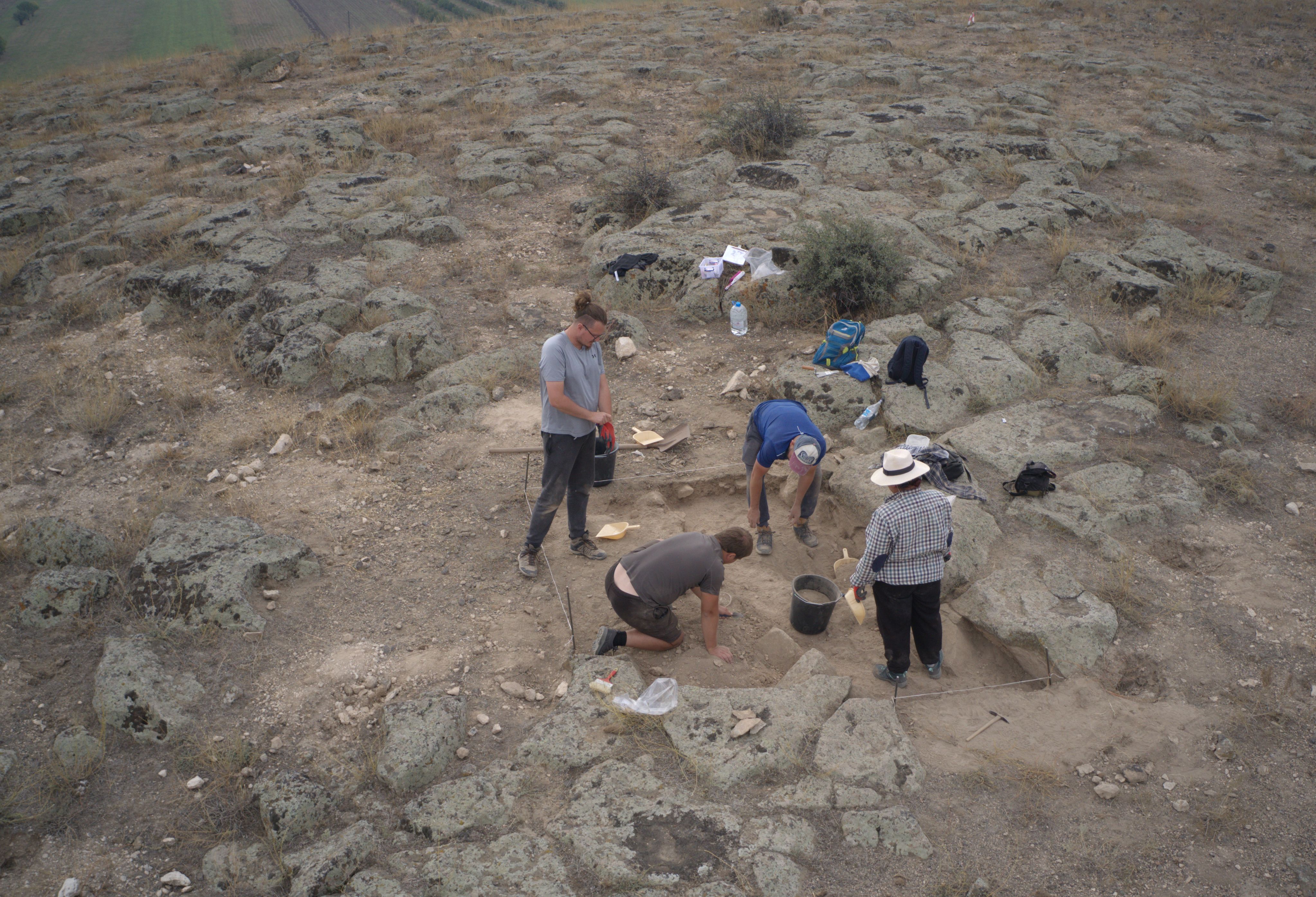
The research conducted by the Armenian-Polish team covers the area of part of the ancient fortress city of Argishtikhinili, founded in 774 BCE. In the 8th and 7th centuries BCE it was one of the main administrative and economic centres of the Kingdom of Urartu in the South Caucasus.
The western part of this ancient city, next to the well-preserved citadel, is known for its extensive residential district, where earlier research uncovered the remains of large houses of the local elites.
'We are talking about an archaeological site of considerable importance for the whole of Armenia. The first excavations in the area were carried out in the 1960s and 1970s. Later, after an intensive period of excavation work, the site was somewhat forgotten. The research was conducted mainly by Armenians, and the site itself was never explored by Polish researchers', Iskra says.
At the moment - he describes - the site is threatened with degradation by contemporary human activity. A garbage dump was established there, and recently a modern cemetery has been taking over part of it. Illegal detectorists also operate on a large scale. 'This is the last moment to undertake research on a larger scale', he points out.
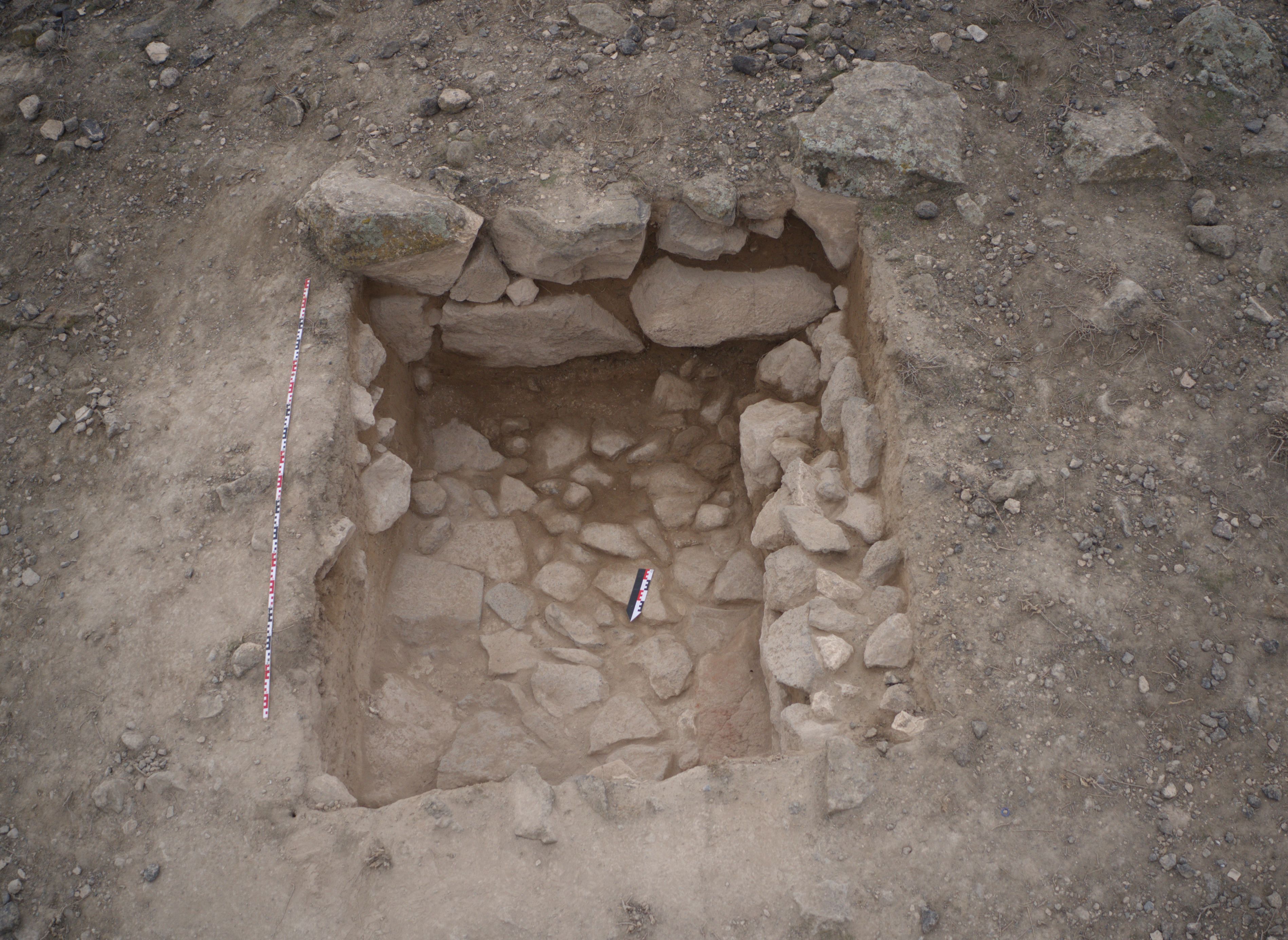
Already during surface surveys, researchers captured the outlines of massive walls, one of which was almost 1.5 meters thick. 'These were not fortification walls, but walls of two residential houses. They turned out to be very well preserved', the archaeologist describes.
The researchers carried out two small excavations, which allowed them to discover fragments of floors of two rooms. 'We are not yet able to say exactly what both rooms were used for. However, we can more or less determine that these houses functioned at least in the 6th century BCE, i.e. during the decline of the Urartian state, or even its collapse', he explains.
Quite unexpectedly - as Iskra admits - archaeologists also discovered traces of an urn cemetery. 'The bodies of the deceased were cremated. Crushed human bones were buried in the urns along with part of the funeral pyre and ornaments. The urns were usually covered with a shallow bowl and placed in a rock niche, and then covered with a fairly thin layer of soil', the researcher describes.
For this reason, such monuments are currently quite easy to unearth even for amateur searchers. The archaeologists found traces of such illegal activity (scattered and broken urns and smaller monuments) in the ancient cemetery.
'We also managed to find an intact urn, which was covered with a stamped bowl. Thanks to this stamping with a rather distinct pottery mark, we can say that the burial can be dated to the first half of the 7th century BCE', Iskra says.
The contents of the bowl have not yet been examined, it is waiting for specialist bioarchological tests in a laboratory in Yerevan. The place where the funeral pyres were located has not been foud yet.
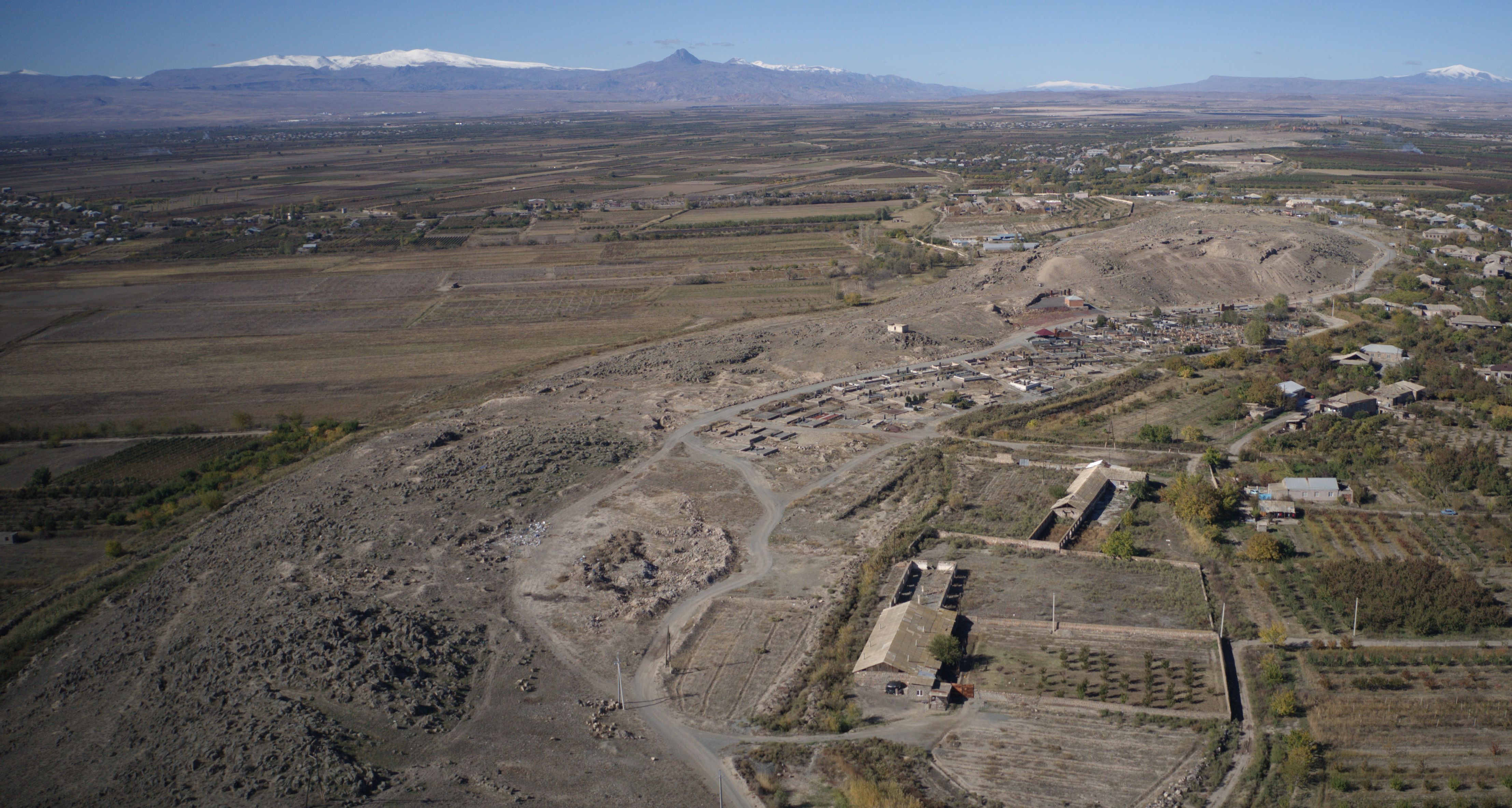
'However, it turned out that illegal detectorists had missed many smaller metal artefacts. We simply sifted through the heaps left by the detectorists and found many metal elements of the clothing of people whose ashes were placed in the urns', the researcher describes.
A team from the Faculty of Geology of the University of Warsaw, led by Professor Barbara Woronko, also worked on the site. During the initial surveys, faults characteristic of an earthquake were discovered. Initial data show that it was a very destructive and powerful event, but it is too early to determine exactly when it occurred.
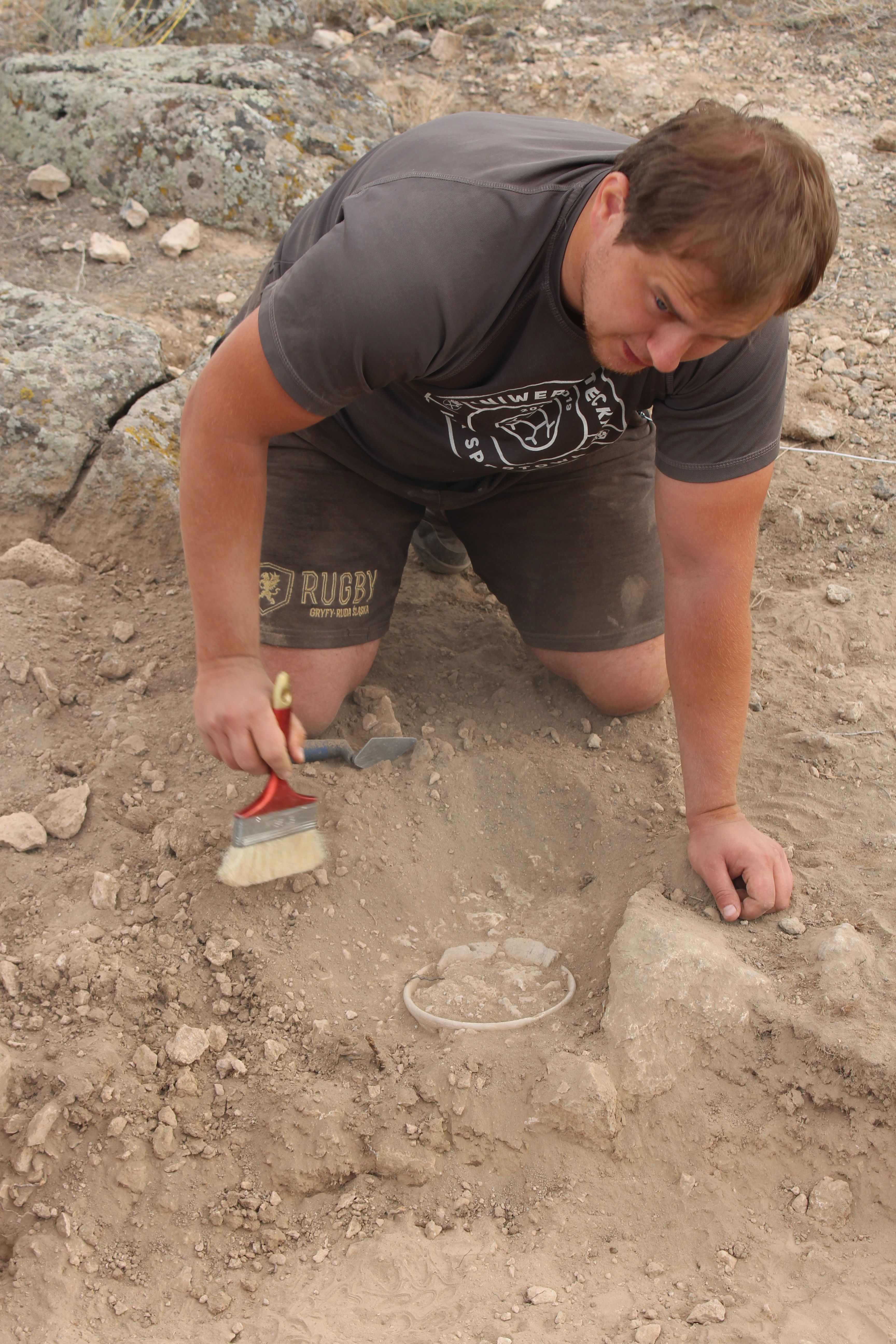
The second season of work is planned for May and June 2025. According to Hasmik Simonyan, the researchers want to continue mapping the site. 'In the next season, we also plan to expand our excavations in the houses. We hope that thanks to the good state of preservation of the archaeological remains, we will be able to learn more about the purpose of the examined rooms and the reason for their abandonment. It is also important for us to undertake broader research at the cemetery', the archaeologist sums up for PAP.
An equally important goal of the project - as Hasmik Simonyan points out - is the conservation and protection of the site and documentation of traces of its destruction. 'We will need this in the future to prepare a general plan for its protection', she adds.
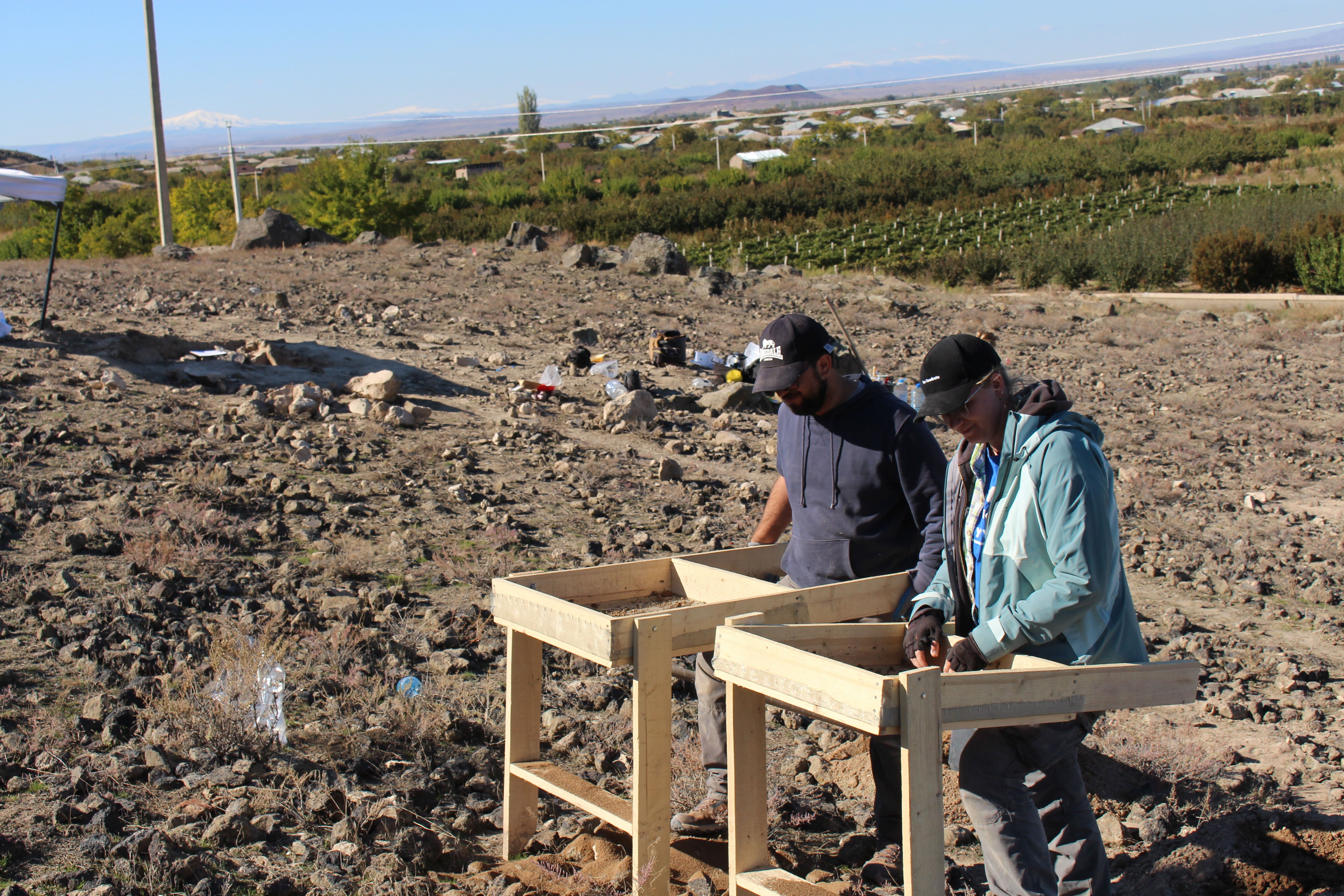
'We will make every effort to ensure that the site at Davti Blur becomes an archaeological reserve, which will be open to tourism in the future. Another of our goals is to create educational programs that will draw the attention of the Armenian public to the need to preserve archaeological heritage in our country', she emphasises.
ekr/ agt/

